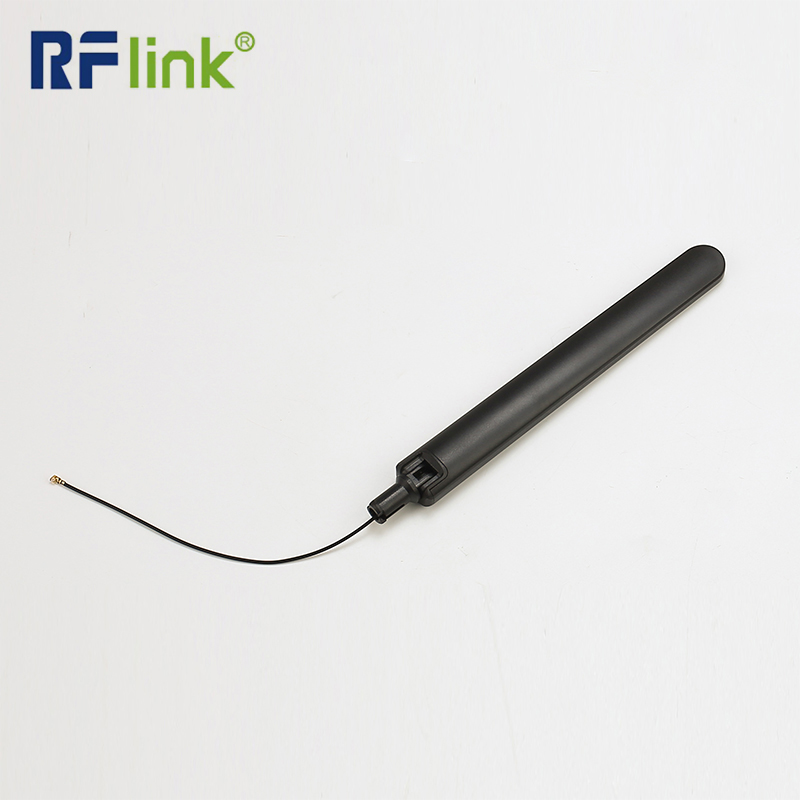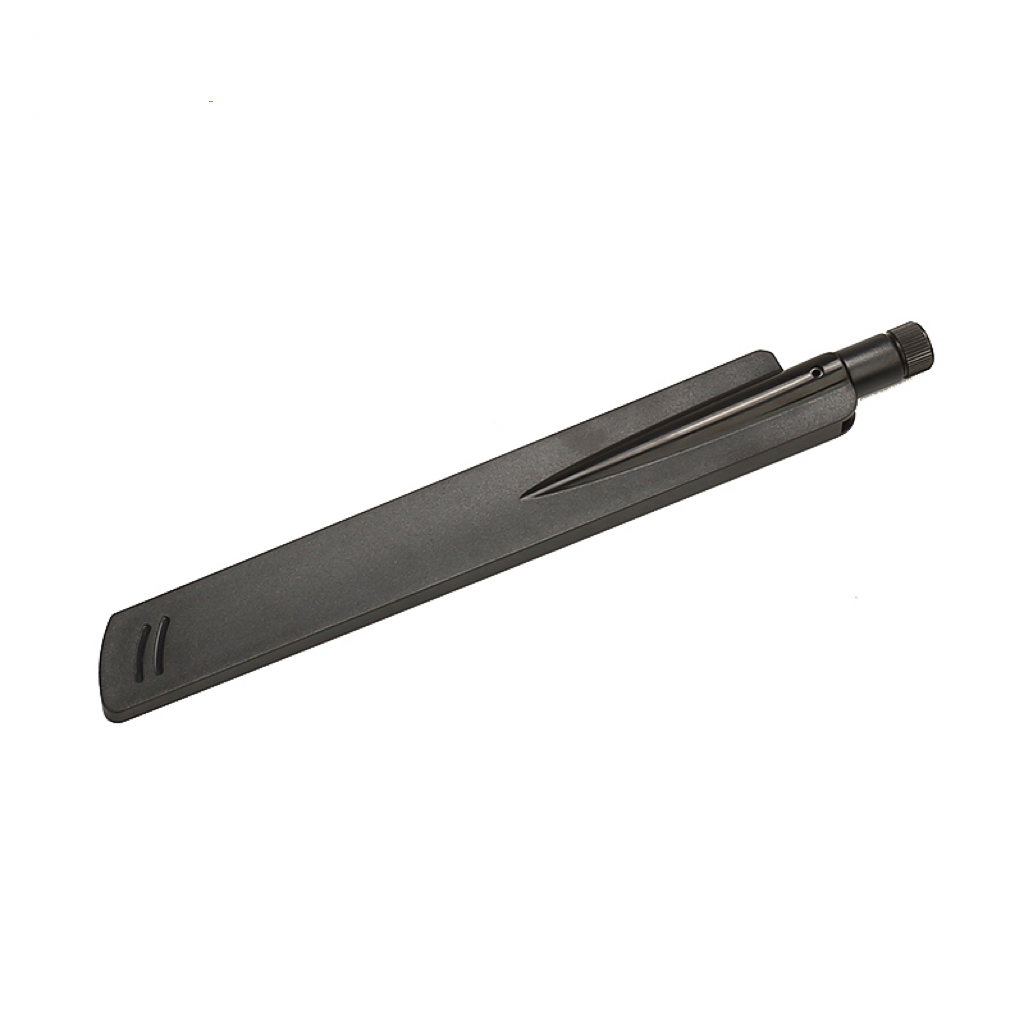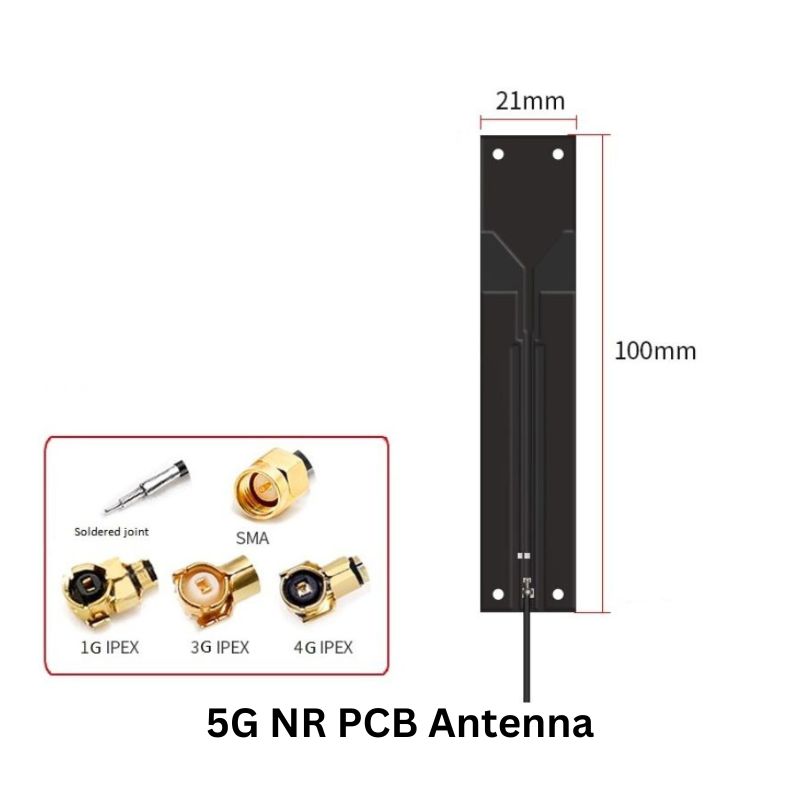

5G NR Antenna or New Radio Antenna, is a device designed to support the fifth generation of mobile communication technology, known as 5G.
Frequency Range(MHz):690-960/1710-2690/3300-3800/4800-5000 Mhz
Center frequency characteristic impedance (Ω):50
V.S.W.R: 3 dbi
Connector Type:CABLE/SMA
Product Application:5G Micro Base Station
Main Technical Specifications
| Frequency Range(MHz) | 690-960/1710-2690/3300-3800/4800-5000 |
| Impedance(Ω) | 50 |
| Efficiency(%) | 690-960≥40% OTHER≥50% |
| V.S.W.R | 3 |
| Connector Type | CABLE/SMA |
| Product Application | 5G Micro Base Station |

Product Specifications
Introduction to 5G NR Antenna
5G NR Antenna, or New Radio Antenna, is a device designed to support the fifth generation of mobile communication technology, known as 5G. NR stands for "New Radio," which is the standard for 5G wireless access technology. The 5G NR antenna operates at higher frequencies and offers wider bandwidth and faster data transmission rates, making it capable of meeting the higher data demands compared to 4G, while providing low latency, high reliability, and massive connectivity.
These antennas are typically designed to support Multiple Input Multiple Output (MIMO) technology, enabling them to handle multiple signals simultaneously, thereby increasing network capacity and coverage. 5G NR antennas are widely used in mobile communication base stations, smartphones, IoT devices, and other applications, supporting enhanced mobile broadband (eMBB), ultra-reliable low-latency communication (URLLC), and massive machine-type communication (mMTC) in 5G networks.
Application Areas
Application Areas of 5G NR Antenna
1.Mobile Communication Base Stations: 5G NR antennas are crucial components in mobile base stations, enabling faster data transmission, improved network capacity, and broader coverage. They support the high-speed connectivity required for enhanced mobile broadband services.
2.Smartphones and Mobile Devices: Integrated into smartphones and other mobile devices, 5G NR antennas provide users with ultra-fast download and upload speeds, seamless streaming, and enhanced real-time communication experiences.
3.Internet of Things (IoT) Devices: 5G NR antennas are essential for IoT applications that require reliable and low-latency communication, such as smart cities, autonomous vehicles, industrial automation, and connected healthcare.
4.Fixed Wireless Access (FWA): These antennas are used in FWA solutions to deliver high-speed internet access to homes and businesses, especially in areas where traditional wired broadband is not feasible or cost-effective.
5.Smart Manufacturing and Industry 4.0: In industrial settings, 5G NR antennas support real-time monitoring, predictive maintenance, and automation, enabling efficient and flexible manufacturing processes.
6.Public Safety and Emergency Services: 5G NR antennas provide critical communication infrastructure for public safety networks, ensuring reliable and rapid communication in emergency situations.
7.Augmented Reality (AR) and Virtual Reality (VR): The low latency and high bandwidth of 5G NR antennas are vital for AR and VR applications, delivering immersive and responsive experiences in gaming, training, and remote collaboration.
8.Telemedicine and Remote Healthcare: 5G NR antennas enable telemedicine services by providing high-quality video streaming and real-time data transmission, allowing for remote diagnosis, consultation, and monitoring of patients.
Purchase and Contact Information
Dongguan RenFeng Electronic Technology Co.,Ltd
Email: bellasu@rflink.net.cn
Mobile Phone: +86 1379-4978-989
Address: No.1 Sankeng Qinghutou Tangxia Dongguan Guangdong China
![]()
![]()
![]()
FAQ
5G NR Antenna FAQs
1. What is the difference between 5G NR antennas and 4G LTE antennas?
5G NR antennas operate at higher frequencies and offer wider bandwidth compared to 4G LTE antennas. They support advanced technologies like MIMO and beamforming, enabling faster data speeds, lower latency, and improved network capacity, which are essential for the enhanced performance requirements of 5G networks.
2. Can 5G NR antennas be used with existing 4G infrastructure?
Yes, 5G NR antennas are often designed to be compatible with existing 4G LTE infrastructure. This allows for a more seamless and cost-effective upgrade to 5G networks while maintaining service continuity for 4G users.
3. How does beamforming work in 5G NR antennas?
Beamforming in 5G NR antennas involves directing the wireless signal towards specific users or devices, rather than broadcasting it in all directions. This improves signal strength, coverage, and overall network efficiency, particularly in environments with high user density.
4. What are the advantages of MIMO technology in 5G NR antennas?
MIMO (Multiple Input Multiple Output) technology allows 5G NR antennas to send and receive multiple data streams simultaneously. This increases the capacity and speed of the network, improves coverage, and enhances the overall user experience, especially in areas with high traffic.
5. Are 5G NR antennas suitable for rural or remote areas?
Yes, 5G NR antennas can be used in rural or remote areas, particularly in Fixed Wireless Access (FWA) applications. They can provide high-speed internet connectivity in areas where traditional wired broadband is not available or cost-effective.
6. How do 5G NR antennas contribute to low latency communication?
5G NR antennas are designed to minimize the time it takes for data to travel between devices and the network, which is critical for applications requiring real-time responsiveness, such as autonomous vehicles, remote surgery, and online gaming.
7. What factors should be considered when deploying 5G NR antennas?
Key factors include the frequency band, coverage area, network capacity, interference management, and the specific requirements of the application (e.g., mobile broadband, IoT, or industrial automation). The deployment scenario, such as urban, suburban, or rural, also influences the choice of antenna type and configuration.

